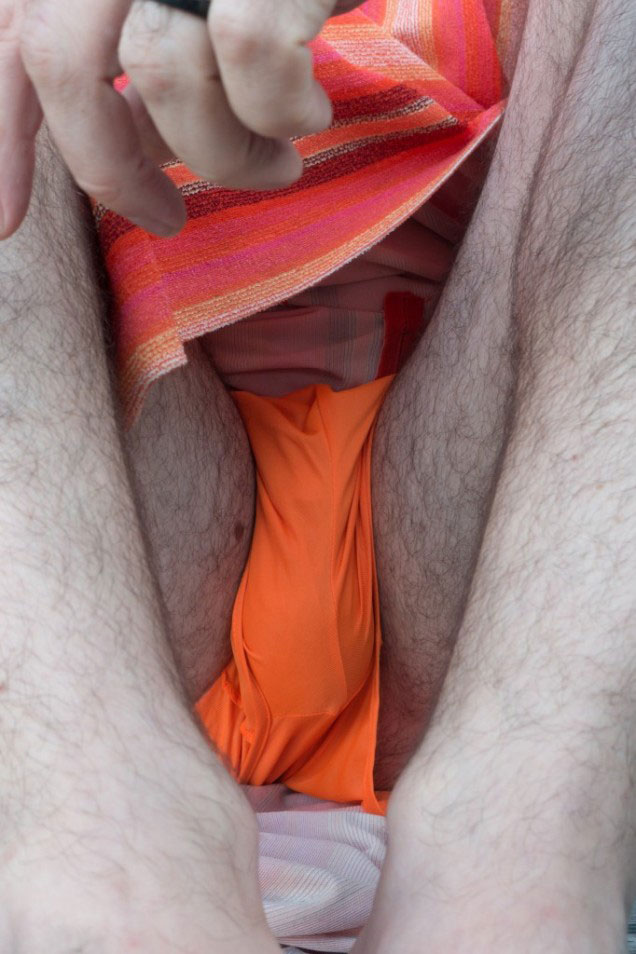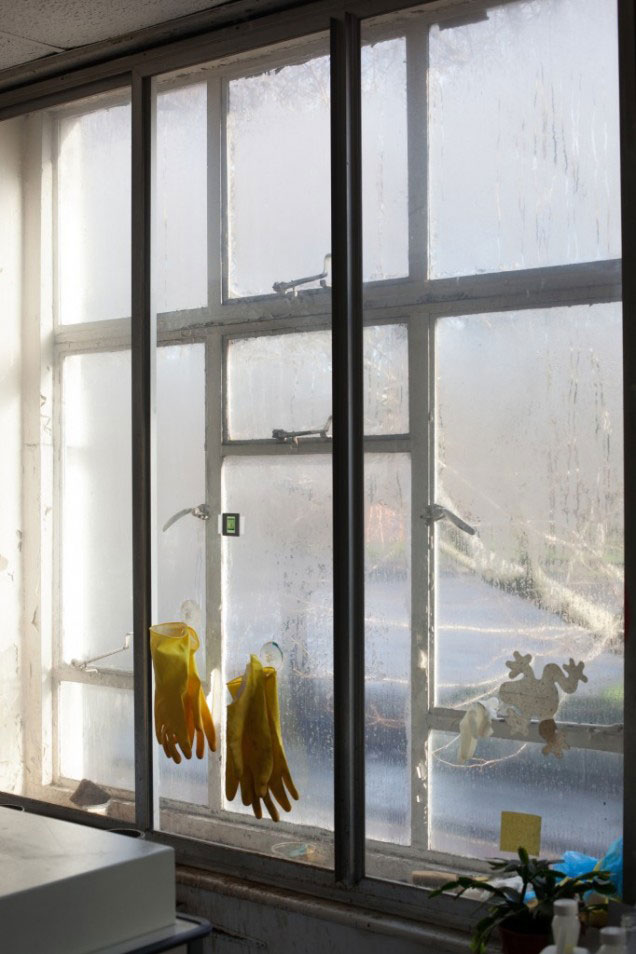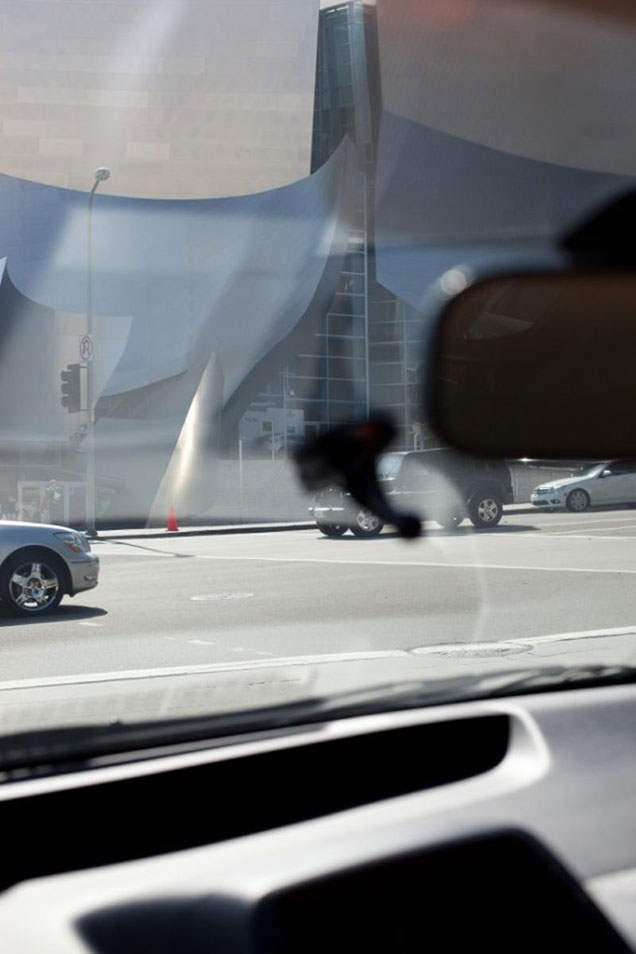PHOTO:Wolfgang Tillmans -Today Is The First Day
![]() Wolfgang Tillmans has earned recognition as one of the most exciting and innovative artists working today. First rising to prominence in the ‘90s for his photographs of everyday life and contemporary culture, Tillmans has gone on to work in an ever greater variety of media and has taken an increasingly innovative approach to staging exhibitions. In 2000, he was the first photographer and first non-British artist to receive the Turner Prize.
Wolfgang Tillmans has earned recognition as one of the most exciting and innovative artists working today. First rising to prominence in the ‘90s for his photographs of everyday life and contemporary culture, Tillmans has gone on to work in an ever greater variety of media and has taken an increasingly innovative approach to staging exhibitions. In 2000, he was the first photographer and first non-British artist to receive the Turner Prize.
By Dimitris Lempesis
Photo: WIELS Archive
Wolfgang Tillmans presents artist from the past three decades, while opening up onto the latest developments in his practice that includes new photography, sound and video works in first large-scale solo exhibition in Belgium entitled “Today Is The First Day” first over two floors of WIELS. Tillmans, one of the most influential artists of his generation, is known for pushing the limits of photography and image-making. His ambition as an artist is nothing less than to capture the world we live in. Weaving its way across the wealth of media and the variety of his subjects, the notion at the core of Tillmans’s work is that of visibility. When does something become perceptible? What is the relationship between what we perceive and what we know? What impact do new technologies have on how we see the world? These questions reveal the political reach of Tillmans’s work. Since his first images, which bore witness to the new social and cultural paradigms brought into being by a generation marked by the AIDS crisis and the fall of the Berlin Wall, Tillmans has always shown a strong political consciousness. For several years now, his political commitment has ventured beyond the practice of art and into social activism and the defense of democracy and minority rights via his foundation, Between Bridges, and a number of pro-EU campaigns that he initiated.
Wolfgang Tillmans was born in 1968 in Remscheid, Germany. As a teenager, he kept a scrapbook of found photographs, but he did not begin taking his own photography seriously until a year before he finished high school, when he made “Lacanau” (1986), an image of his own leg as he walked on a beach. From 1987 to 1988 he worked as a switchboard operator at a community help organization in Hamburg, where he used the photocopier to enlarge found media photographs. In 1988 he became involved in the local rave scene and began documenting this emerging subculture. His snapshotlike photographs of young people were subsequently published in progressive magazines such as i-D and Prinz. From 1990 to 1992 he studied at the Bournemouth & Poole College in Bournemouth, England, where he was able to keep up with rave culture in a different setting. From 1992 to 1994 he lived and worked in London, relocating to New York in 1994. During this time, he began to show more frequently, developing an exhibition style that consisted of nonhierarchical arrangements of unframed photographs tacked onto the gallery’s walls. The personal, celebratory nature of his photography took a dark turn in 1997, when his partner Jochen Klein died of AIDS; an untitled series from this period documents simple details such as a last meal and a view from the hospital window. In 2000 Tillmans was the first photographer as well as the first non-British artist to win the Turner Prize, presented annually to a contemporary artist by Tate Britain. He was recognized with the prize for both his photography and his inventive exhibition design. Tillmans was deeply involved in the display of his work (in print or exhibition). He often organized his photographs in the form of a grid on white gallery walls, sometimes framed and sometimes hung with clips, tape, or pushpins. In the early 2000s Tillmans experimented with photographic processes to create abstracted works. The series “Freischwimmer” (2000– ) was made without using a camera. Instead, Tillmans worked with chemicals on photographic paper to create colourful swirling images that he then enlarged on an ink-jet printer for exhibition. In 2001 he made the film “Lights (Body)” and collaborated on a video for the pop music duo the Pet Shop Boys. Other series of abstract works include “Silver” (1998– ), “Blushes” (2000– ), and “Lighter” (2005– ), the latter of which takes on three-dimensionality. In 2014 Tillmans traveled to Russia, where he interviewed and photographed a number of members of St. Petersburg’s gay community, who told personal stories of ostracism by antigay laws. He published their stories and portraits in a special activism issue of i-D magazine.
Info: WIELS Contemporary Art Centre, Avenue Van Volxemlaan 354, Brussels, Duration: 1/2-24/5/20, Days & Hours: Tue-Sun 11:00-18:00, www.wiels.org




